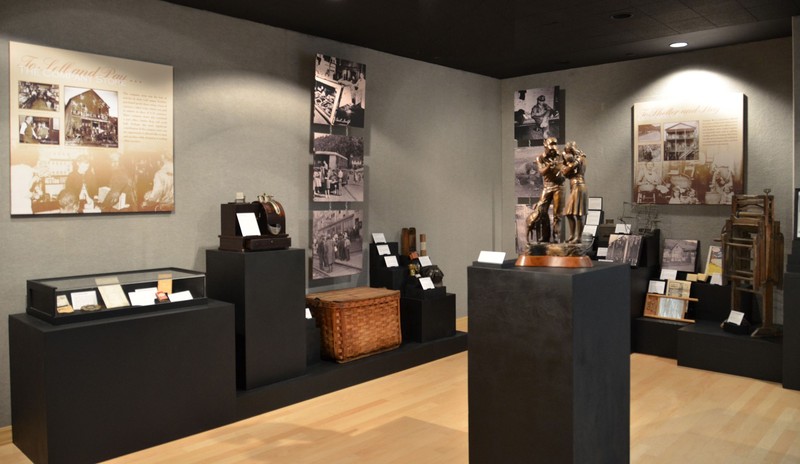Royce J. and Caroline B. Watts Museum
Introduction
Text-to-speech Audio
Images

Backstory and Context
Text-to-speech Audio
Since the 1930s, West Virginia University has collected historical artifacts and archival materials from the mining and petroleum industries. The collecting began within the University’s School of Mines, which was later named the College of Mineral and Energy Resources (COMER). A museum, known as the COMER Museum, was formally organized in the mid-1980s, and the construction of a dedicated museum space was approved. At that time, the COMER Museum established its mission of “preserving and promoting the social, cultural and technological history of the coal, oil and natural gas industries of West Virginia through the collection, preservation, research and exhibition of historical objects and archival materials.”
The West Virginia Coal Mining Institute endowed the COMER Museum with a substantial pledge in 2005. As part of the endowment agreement, the Institute was given the opportunity to rename the Museum. The Institute requested that the Museum be renamed The Royce J. and Caroline B. Watts Museum in honor of “two individuals who have tirelessly supported its mission through both financial support and other resources.”
Royce J. Watts, a WVU faculty member for over sixty years, and his wife, Caroline B. Watts, are long time supporters of the Museum and the state of West Virginia’s mining heritage. Royce and Caroline Watts spearheaded the establishment of the COMER Museum and made significant contributions towards its growth and development. The Royce J. and Caroline B. Watts Museum reflects, supports and preserves Royce and Caroline Watts’ dedication to West Virginia’s mining industries and their devotion to West Virginia University.
Sources
https://wattsmuseum.wvu.edu/about
